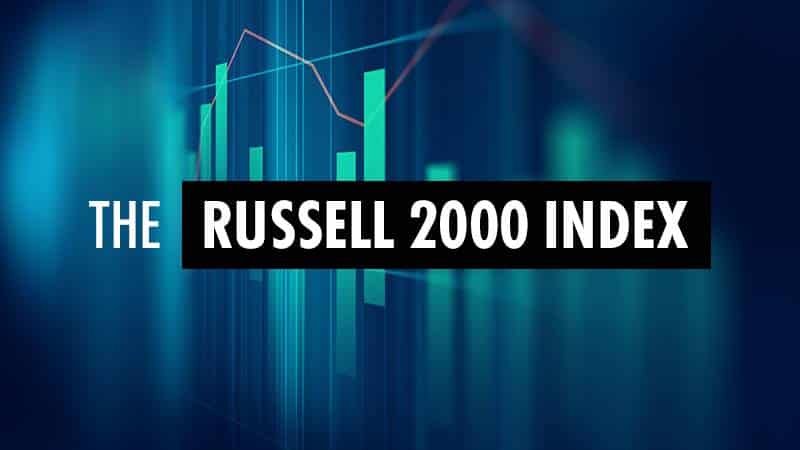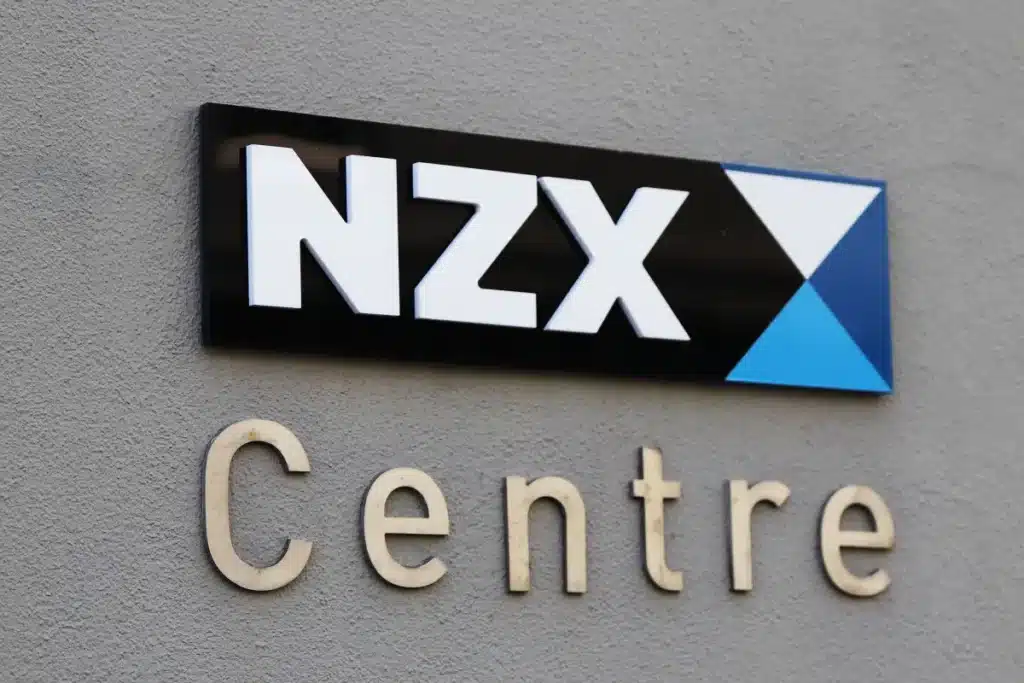Understanding the Market Movements: Trump Auto Tariffs and Lululemon’s Reports
Today, March 27, 2025, we delve into the market dynamics influenced by two significant occurrences: news of recent auto tariffs imposed by former President Donald Trump, and the financial reports from popular apparel company, Lululemon. Both events are currently pivotal in shaping investor behavior and market trends.
Impact of Trump’s Auto Tariffs
The declaration of new auto tariffs has sent ripples through the market, creating a climate of uncertainty for investors. President Trump announced these tariffs on international automobile manufacturers who are key players in the U.S. market. The proposed tariffs are as high as 25%, which is expected to increase the cost of importing vehicles into the United States significantly.
These tariffs are particularly focused on European and Asian car manufacturers. Consequently, European car stocks have experienced a notable decline as investors anticipate tighter profit margins and competitive pressures. Goldman Sachs has also raised its end-2025 gold price outlook, driven by investors seeking safer investments amid a volatile market landscape.
Speculation is that Tesla and other American automakers might initially benefit from these tariffs, as they may see a short-term boost in sales. However, Elon Musk, CEO of Tesla, highlighted potential challenges, suggesting that additional tariffs could increase production costs due to the global nature of its supply chain. Therefore, while Tesla might see initial gains, the longer-term impact remains uncertain.
Lululemon’s Financial Reports and Market Response
On the flip side, Lululemon is set to become a focal point in the trading day with its announcement of earnings, expected after market hours. As a staple in the athletic apparel sector, Lululemon has demonstrated robust growth in recent years. Analysts and investors are keenly observing their performance metrics, including revenue growth, margins, and forward-looking guidance. These results hold particular significance as they might influence investor sentiment towards the broader retail and apparel sector.
Lululemon’s potential successful earnings report could provide a sense of reassurance to investors amid broader market volatility. In fact, positive results from Lululemon could act as a buffer against the market downturn spurred by the auto tariff announcements.
Anticipating Future Market Reactions
Overall, the day’s market sentiment is currently mixed, as U.S. stock futures have shown a slight positive incline despite the weighty nature of the news regarding tariffs. Investors continue to remain vigilant, attempting to decipher which stocks are overvalued and which might provide attainable value even in these unpredictable markets.
Going forward, keeping an eye on further developments stemming from these tariffs, along with Lululemon’s reported earnings, will be essential for investors trying to navigate and preempt market shifts. As always, a balanced and research-backed strategy will serve investors well as they analyze how these significant business maneuvers will shape the financial landscape in the coming months.
Analyzing Today’s Top Analysis
If you’re interested in staying ahead of market trends, understanding today’s top financial analyses can significantly boost your investment knowledge. A deep dive into each analysis provides insight into the current market climate, helping you predict potential movements and make informed decisions. Let’s explore what experts are discussing in Today’s Top Analysis.
Nasdaq 100: Failed Breakout Hints at a Larger Downtrend Unfolding
The Nasdaq 100 is often seen as a benchmark for the technology sector, being home to some of the biggest names in tech. In this analysis, we delve into the implications of a failed breakout. Simply put, a *breakout* occurs when a financial asset moves beyond a defined support or resistance level with increased volume. When such a breakout fails, it often signals the start of a larger downturn, especially when reinforced by other market indicators. By understanding these trends, investors can prepare for potential declines, making adjustments to their portfolios to manage risk.
Gold Stuck in a Range—How Traders Can Profit from Key Levels
Gold is often viewed as a “safe haven” investment, especially during times of economic uncertainty. This analysis examines how gold prices are currently trapped within a range, indicating neither a clear upward nor downward trend. In such scenarios, traders can profit by identifying and capitalizing on key support and resistance levels. This requires a keen eye for short-term movements and a readiness to enter and exit trades based on market signals. Knowing where these levels lie can be a goldmine for savvy traders—pun intended.
USD/JPY Forecast: Rising Wedge Signals Trouble as Tariff Risks Mount
Currency pairs like USD/JPY are sensitive indicators of geopolitical and economic tensions. A *rising wedge* pattern in technical analysis is a bearish pattern suggesting a possible downtrend. As tariff risks heighten, particularly with the imposition of new auto tariffs, the USD/JPY pair might react adversely. Investors keen on forex trading can use this analysis to predict currency movements and devise strategies that leverage potential depreciations in currency value.
New Auto Tariffs Could Pressure Foreign Automakers—Which Stocks Are Most Exposed?
The newly announced auto tariffs are a subject of much discussion and concern. This analysis highlights how foreign automakers might be impacted. Automakers importing vehicles into the U.S. are expected to feel pressure on their profit margins, which could, in turn, affect their stock prices. For investors, identifying companies most exposed allows them to evaluate the potential risk in their portfolios. It might also present opportunities for short selling or hedging against possible declines.
S&P 500: Relief Rally Risks Losing Momentum as a 5,500 Retest Comes Into Focus
The analysis on the S&P 500 discusses the potential fading momentum of its recent relief rally. A *relief rally* often occurs after an extended period of decline or market anxiety, leading to a temporary rise in prices. With a focus shifting towards retesting the 5,500 level, investors must consider the sustainability of such rallies. Understanding these dynamics can help investors decide whether to hold or sell their positions, depending on their risk tolerance and investment strategy.
In conclusion, by dissecting each analysis, you can gain valuable insights that cover a broad spectrum of the financial world, from stock indices to commodities and forex markets. Staying informed and continuously learning from market dynamics enables you to make strategic decisions that align with your financial goals. Remember, the stock market is not just about what the numbers say but about understanding the narratives driving those numbers.
Understanding Today’s Top News in the Stock Market
With an ever-changing economic climate, it’s crucial for investors to stay informed about breaking news that impacts stock markets and financial forecasting. Let’s take a closer look at today’s top news items and break them down for a better understanding.
- US stock futures edge higher; auto tariffs, GDP data, Lululemon earnings in focus: Stock futures are a way to gauge how the market might open, and today, we’re seeing a mixed outlook. This is influenced by several factors, including potential tariffs and important economic data, like Gross Domestic Product (GDP) figures. These elements impact investor sentiment and help set the stage for the trading day. Additionally, upcoming earnings reports from companies like Lululemon are also pivotal, as they can provide insights into broader economic health and consumer behavior.
- Goldman Sachs boosts its end-2025 gold price outlook: When a major financial institution like Goldman Sachs updates its forecasts, it can significantly affect investor expectations. Gold is often considered a “safe haven” investment, meaning people turn to it in times of economic uncertainty. An increased gold price outlook suggests potential instability or volatility in the markets, and investors may consider diversifying their portfolios to include commodities such as gold.
- European car stocks tumble as 25% U.S. tariffs threaten profit margins: The announcement of a 25% U.S. tariff on automotive imports is causing ripples across the European automotive industry. Such tariffs can increase operational costs, thereby squeezing profit margins. As a result, stock prices of European car manufacturers could experience downward pressure. Investors might want to keep an eye on these stocks to assess whether tariff impacts have been fully priced into their valuations.
- Elon Musk says Trump’s auto tariffs to have “significant” impact on Tesla: Tesla’s CEO, Elon Musk, added to the conversation about tariffs, suggesting that these import duties could significantly impact Tesla’s operations. This is particularly important for a company known for its innovative edge and global footprint. Tesla’s response to these tariffs might affect not only its stock price but also the broader electric vehicle market.
- Bitcoin price today: muted at $87.3k as Trump’s auto tariffs weigh: Cryptocurrency, particularly Bitcoin, is a volatile asset class. Today’s muted Bitcoin price indicates that even digital currencies aren’t immune to geopolitical and trade developments. Investors involved in cryptocurrencies should be aware of how broader macroeconomic factors could influence these markets.
What becomes clear from these news items is the interconnectedness of global economies and markets. From traditional stocks to commodities and cryptocurrencies, the effects of geopolitical events, such as tariffs, ripple across all sectors. Investors need to be aware of these factors and consider them when making future investment decisions. Strategies such as portfolio diversification and keeping a close eye on economic indicators can help manage risk and possibly capitalize on emerging market shifts.
Having a keen understanding of these dynamics, especially those surrounding tariffs and their impact on industries, can ensure more informed investment decisions. So, keep these factors in mind and consider how they align with your own investment goals and risk tolerance.








